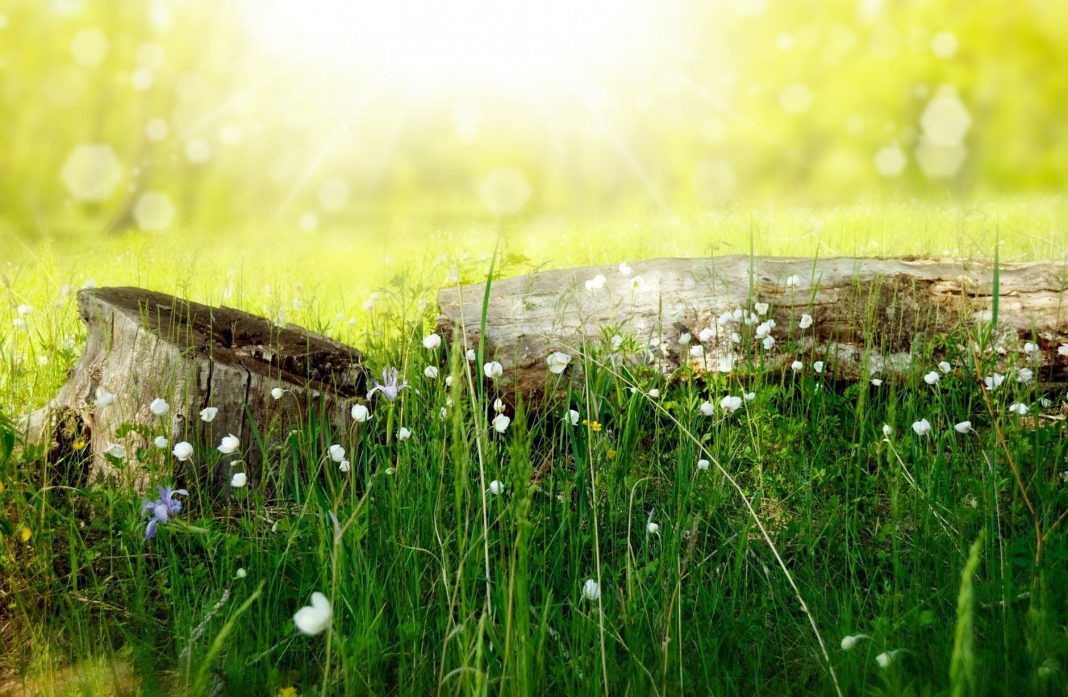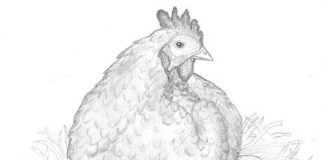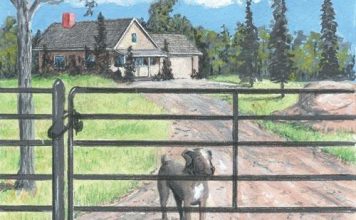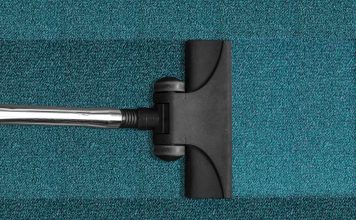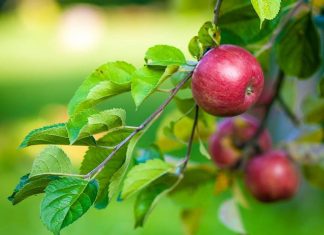 |
|
| Issue #85 • January/February, 2004 |
Some of us are thrifty beyond measure, even growing our own dishrags. None of those flimsy, store bought cotton things for us. Our dishrags are real scrubbers and they grow in our gardens.
Dishrags are the tough, fibrous interiors of the fruits of a member of the Gourd Family (Cucurbitaceae), familiarly known as luffa or dishrag gourd. These gourds often measure 12-16 inches in length and 3-4 inches in diameter. When properly prepared, a luffa gourd yields a very strong network of cellulose strands that make excellent helpers when there’s a pile of dirty dishes to be done. Also, you don’t have to worry about anything getting scratched as is sometimes the case when metal scouring pads are used.
The luffa gourd’s fiber is long lasting, does not become a sodden mass in water, and readily springs back into shape when not under pressure. One does not have to hunt for the gourd in a sink of soapy water because it floats.
Always rinse the luffa after using and put it aside to drain. The fiber dries in a short time. After some usage, if the fiber becomes discolored or takes on an unclean odor, put it in a pan of water with a tablespoon of household bleach. Turn the luffa over a time or two to be sure that all sides get a touch of bleach, leave it for a few minutes and it will come out white as snow and free of odor. Rinse thoroughly and it is ready for use again. Dishrag gourds outlast ordinary cotton dishrags several times over.
|
Luffa vines not only produce useful fruit, but they are very attractive with their large green leaves and big yellow flowers. If there is a porch needing a bit of shade in the summer or a garden fence where the vines can grow freely, luffas will put on a show and become real conversation subjects. The vines are easy to grow and require a minimum of care. Just give them a sunny spot, moderately rich soil, and water them during prolonged dry spells.
Planting a few luffa seeds is sufficient for the average family’s use. Each vine will produce a number of gourds, and a head start may be achieved during spring if seeds are started indoors in peat pots and transferred outdoors after all danger of frost has passed. Luffa plants are like lots of other plants that don’t like cold ground. They are subject to chill when the temperature drops and can be nipped by cold. Just be patient and plant seeds or transplants when you’d plant other members of the gourd family, such as cucumbers, watermelons, and squash.
Plants should be spaced at least 18 inches apart and kept free of weeds and grass. Once the vines have started climbing their supports, put down a light mulch to deter weeds and conserve moisture. Luffas need sufficient moisture to produce their gourds. Otherwise, the gourds will be scrawny.
Gourd vines are real ramblers and the taller their support, the higher they climb. A luffa vine would probably rival Jack’s beanstalk if autumn didn’t limit its life. A high wire fence is an excellent place for luffas, but don’t let the vines escape to a very tall support such as a tree as they will climb beyond your ability to harvest the gourds. Try to keep the vines under control by clipping the ends of the runners or by weaving them back along the fence, trellis, etc. Luffas hanging 30 feet up in the air may be fine for the ambitious vines, but the height is hard on the harvester.
Once, some of our luffa vines escaped from a fence to the overhanging branches of an apple tree and proceeded to decorate the tree with dangling gourds. Visitors were constantly discovering a new type of treesomething exotic, they thought. There was always a good laugh when they realized this was one of nature’s pranks.
Gourd diseases
Members of the gourd family are subject to many diseases. Mildew is one of the worst culprits, but mildew can be offset somewhat if vines are not crowded and there is good air circulation among the leaves. I like to keep dead leaves and discolored ones pruned out thus helping with the airflow and preventing a build-up of dead plant matter. The chief cause of mildew is cloudy damp weather. There’s not much gardeners can do about that, but we can discard dead leaves and thus improve the looks and health of our plants.
Anthracnose is another fungus-type disease that is promoted by warm, wet weather. Signs of this fungus on gourd leaves are yellow spots that enlarge and turn brown. Also, whole vines may take on a scorched appearance.
In addition to anthracnose, there is a whole list of wilts and blights that can plague the gourd family as well as other garden plants.
There are many products on the market recommended for disease problems, but the cost may outweigh what you are trying to accomplish. This is where clean cultivation and rotating of crops each year come into play. Whenever you have badly diseased plants, it is always a good idea to remove them from the garden, being careful to rake up any dead leaves or twigs from them. Disposal should be away from the garden area. If possible, burn them. Never put diseased components in your compost pile. The problems can linger on and be spread by use of the compost later. Also, it is wise not to save seeds from infected plants.
|
Not planting the same thing in the same place year after year is a good way to prevent build-up of disease-producing organisms. Crop rotation starves out the unwanted by not continually growing susceptible plants in the same beds or rows.
We gardeners may be our own worst enemies at times. Many diseases are spread by us when we’re tempted to walk among our plants or harvest from them after a summer shower or while the plants are still wet with a heavy dew. This is a sure way to spread diseases from one group to another. Be patient and wait until the plants have dried off before beginning any contact with them such as harvesting or cultivation.
Insect pests
It’s a wonder we ever raise anything when you consider the number of diseases and insect pests that prey on our plants. One of the main insect pests attacking gourd vines is the cucumber beetle. This beetle is not large, being only about ¼-inch long. It is greenish yellow with 11 black spots on its wing covers. The hungry adult not only feasts on leaves and flowers, but it lays eggs at the base of the plants and the resulting larvae eat their way into the roots. This causes the vines to wilt and die. The grubs also carry mosaic and bacterial wilts. If there is a really serious infestation of cucumber beetles, the recommended natural control is the use of rotenone or pyrethrum.
The squash vine borer can put a damper on the gourd crop by invading ground-level tender stems causing vines to suddenly wilt and exude greenish goo from the points of entry. A natural way to deal with the borers is to carefully slit the vines vertically where the injury is seen and remove the borers. Pile dirt over the harmed portion and the vine will usually recover if damage is not too severe.
If young gourd vines are protected from harm until their stems harden somewhat, there will likely be no damage at ground level from borers. However I take the precaution of using a bit of SEVIN dust on the base stems of many of my plants when they are first put in the garden as this deters any sucking or chewing pests. I am very careful when I use SEVIN, as it is deadly to earthworms. There are a number of environmentally safe products for sale now. Just be sure you are not using something that is harmful to the good guys in your garden.
Preparing and using a luffa
Ripening gourds turn from green to a light yellow color and are best picked when stems shrivel and the gourds dry naturally on the vine. Dry, mature gourds will be lightweight, grey-brown in color, and have no touch of green. Luffas harvested green will most likely rot, so it is better to leave the gourds on the vine if possible. If Jack Frost is expected, however, and there are gourds nearing maturity, take a chance at placing them on a rack in a warm room. Punching small holes in the outer skin and turning them occasionally for good air circulation will aid the drying process.
Dried luffas are easy to convert to home use. Some folks like to soak the gourds in water before stripping off the thin outer layer. I usually take a sharp paring knife and strip the paper-like exterior from the fiber without soaking them. (To each his own way.) If the gourd is long, I cut the fiber horizontally into desired lengths and shake the many shiny black seeds into a pan to save for crafts or planting. If it is a small gourd, I cut off the ends, extract the seeds and use it whole.
In addition to their utility side, luffas have a high-class side, as they are often cut into various shapes or sewn onto cloth backing and sold as Luffa sponges. You’ll find them in beauty and bath shops, boutiques, and even in diversified drug stores. The sponges are advertised as stimulating to the skin and called beauty aids. Prices vary with clientele, store locations, and fancy packaging.
Call it what you will, but I consider this plant success story a kind of rags to riches narrative. Where else but in America could a common gourd make its way from dishpan to beauty salon? You gotta hand it to the luffa!


